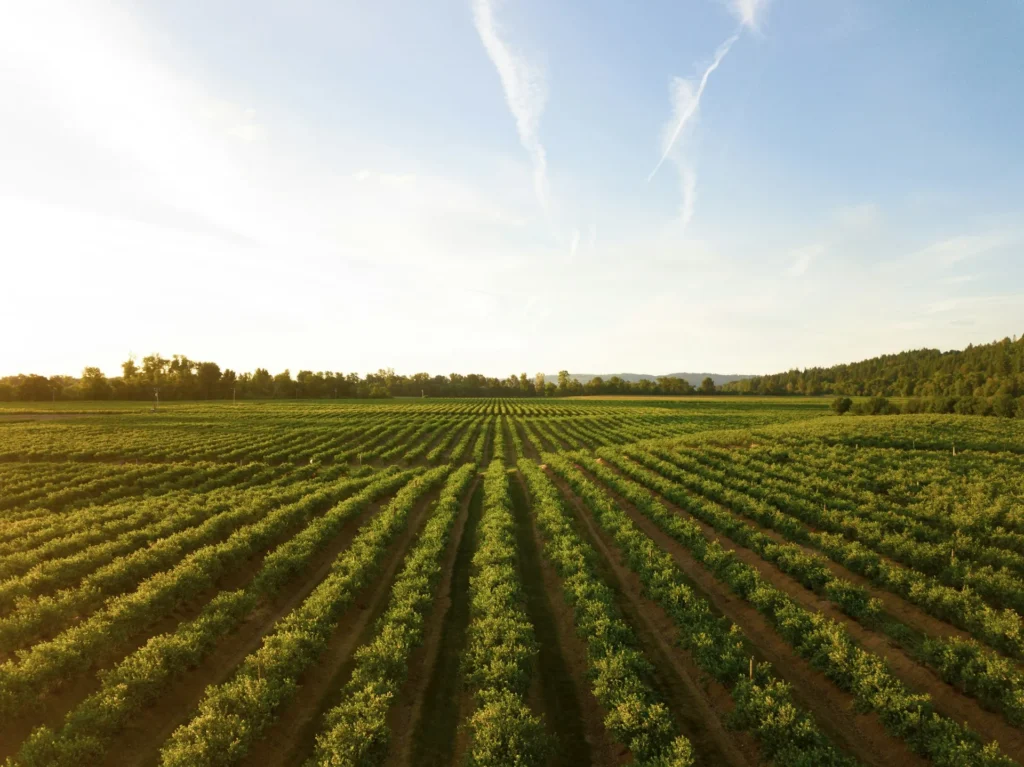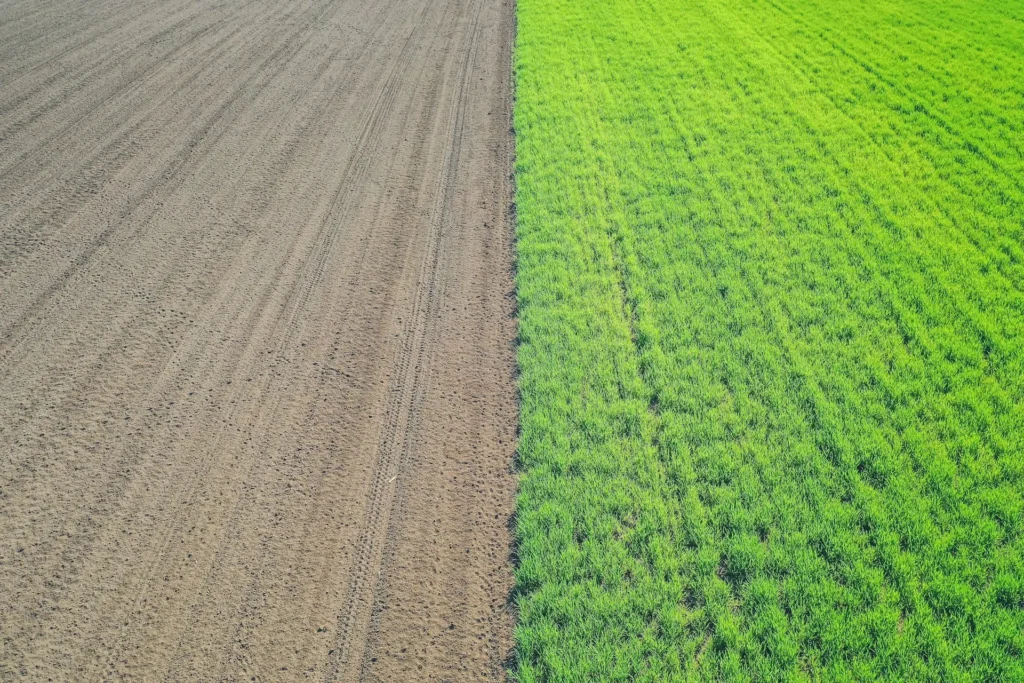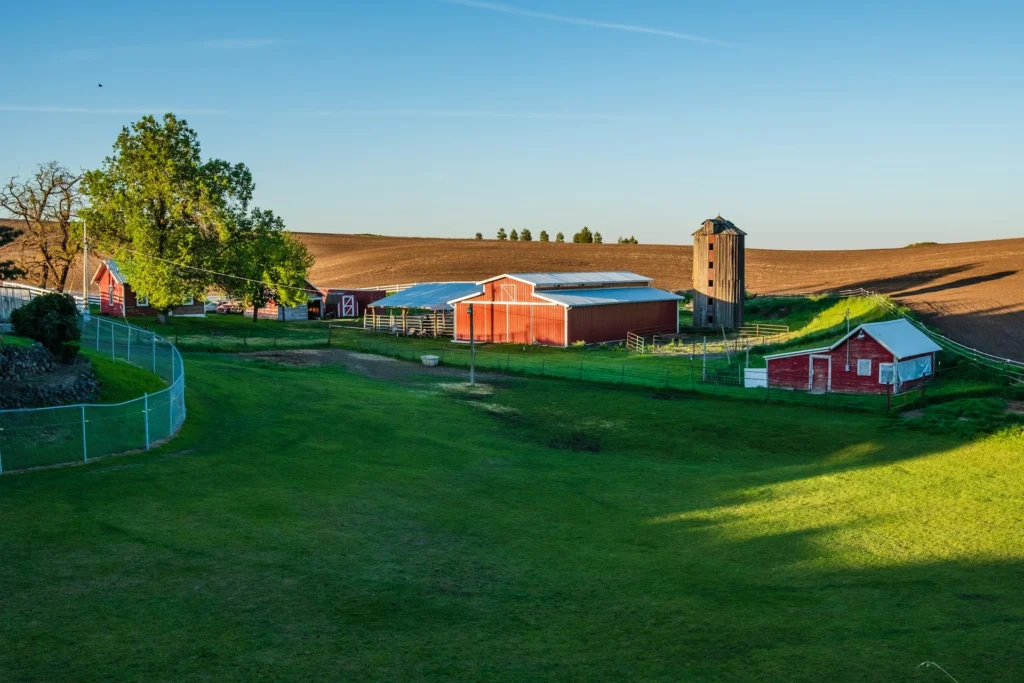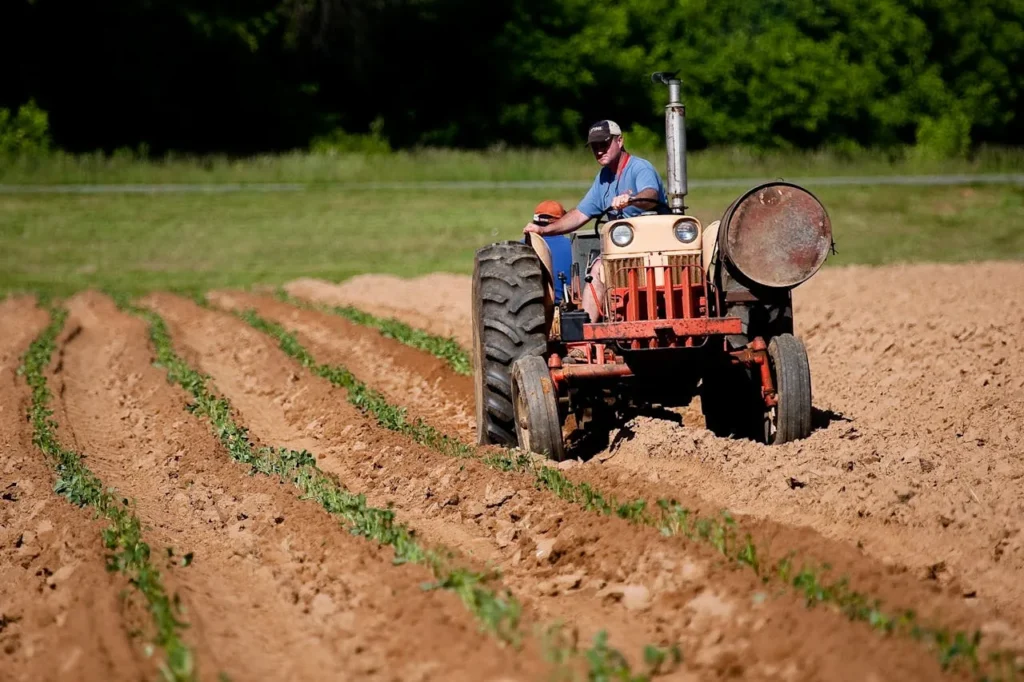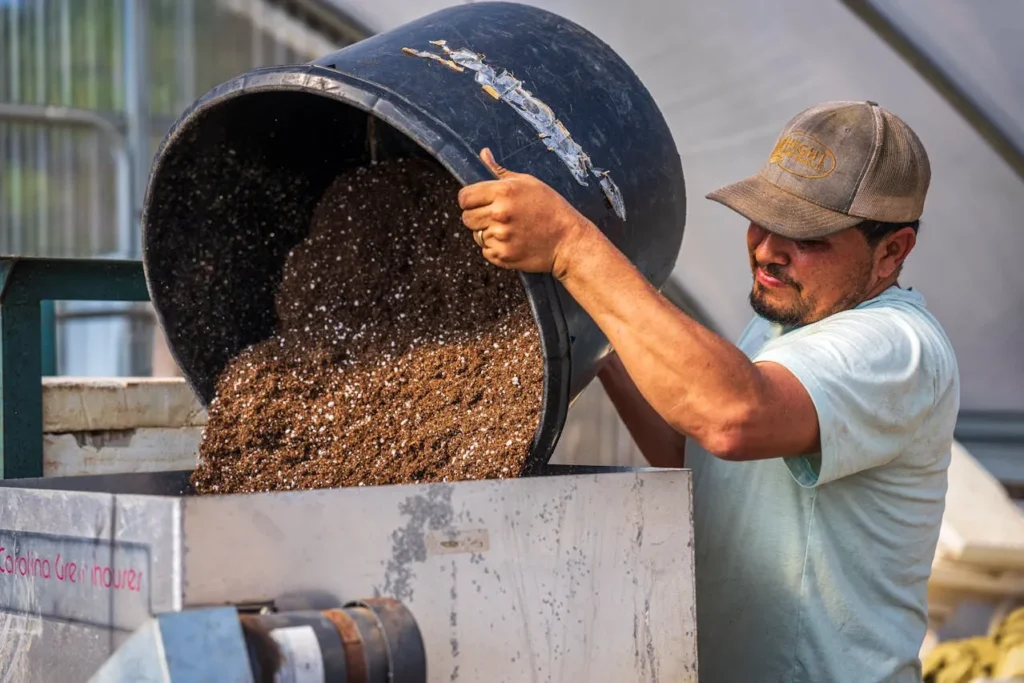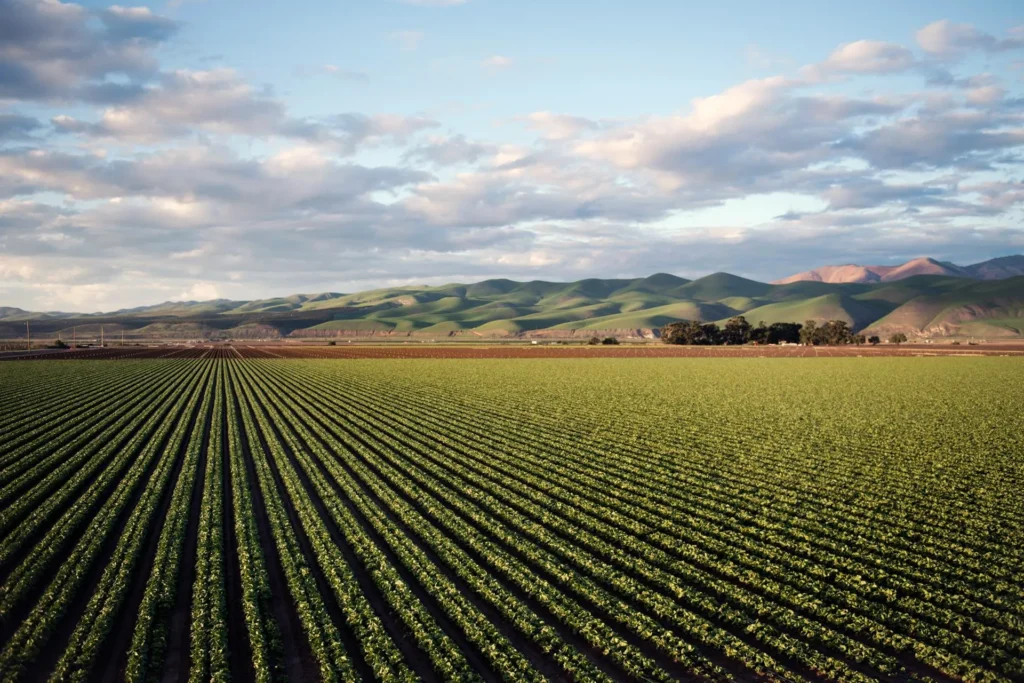From Farm to Fork: The Rise of Farm-to-Table Food
The direct farm-to-table movement is not just a trend; it’s a burgeoning lifestyle choice that emphasizes sustainability, community involvement, and environmental stewardship. As consumers become more conscious of their food’s origins, the demand for fresh, and transparently sourced products grows, bringing a renewed focus on the importance of consumer connections to their food systems. The Core of Direct Food Systems At the heart of the farm-to-table movement is a food system which connects farmers directly to consumers and their communities. This system ensures that food doesn’t travel from place to place, reducing carbon emissions associated with unnecessary transportation and ensuring the freshness of food when it arrives. Direct to Consumer: Bridging the Gap The direct-to-consumer approach is a key component of farm-to-table. It allows farmers to sell their products directly to consumers without going through intermediaries. This not only maximizes profit margins for farmers but also reduces the cost for consumers. Farmers’ markets, CSA (Community Supported Agriculture) programs, and online direct sales are all thriving examples of how direct consumer engagement is reshaping the market. The Role of Direct-to-ConsumerAgriculture in Sustainable Living Direct-to-consumer agriculture plays a pivotal role in sustainable living by minimizing food miles and promoting biodiversity. Cultivating a variety of crops and livestock suited to local conditions reduces the need for chemical inputs and encourages a healthier ecosystem. Using aerobic nutrient waste management, as exemplified by Enviro.Farm Systems helps maintain soil fertility and protects water sources, ultimately leading to a more sustainable agricultural landscape. Understanding Food Miles and Their Impact Food miles refer to the distance food travels from where it is grown to where it is ultimately processed, packaged, purchased and consumed. The direct farm-to-table movement seeks to minimize these miles, thereby reducing the associated carbon footprint. By shortening the supply chain, farm-to-table practices not only ensure freshness but also significantly cut down on greenhouse gas emissions. Challenges Facing the Farm-to-Table Movement Despite its benefits, the farm-to-table movement faces challenges like limited supply, seasonal availability, higher price points, and scalability issues. These challenges necessitate creative solutions such as indoor growing technologies like hydroponics and more robust directdistribution networks to ensure year-round supply. Enviro.Farm Systems adds scalability and direct distribution by its all-in-one production system where everything is produced, packaged, and distributed from one farm at one site. Final Thoughts The farm-to-table movement is redefining relationships between people and their food. By choosing directly sourced food, consumers not only enjoy fresher, tastier produce but also contribute to a sustainable and ethically responsible food system. As this movement grows, it paves the way for a healthier planet and more connected communities. Ready to take the next step in supporting sustainable agriculture? Enviro.Farm is leading the AgriFood revolution with a zero-emission, circular farming system that promises to boost profits while protecting the environment. Our innovative approach is projected to deliver 30%+ annual returns and transform the future of food production. Click here to explore how you can be part of this high-growth opportunity and help reshape the global food industry with Enviro.Farm. Join us today!
From Farm to Fork: The Rise of Farm-to-Table Food Read More »


